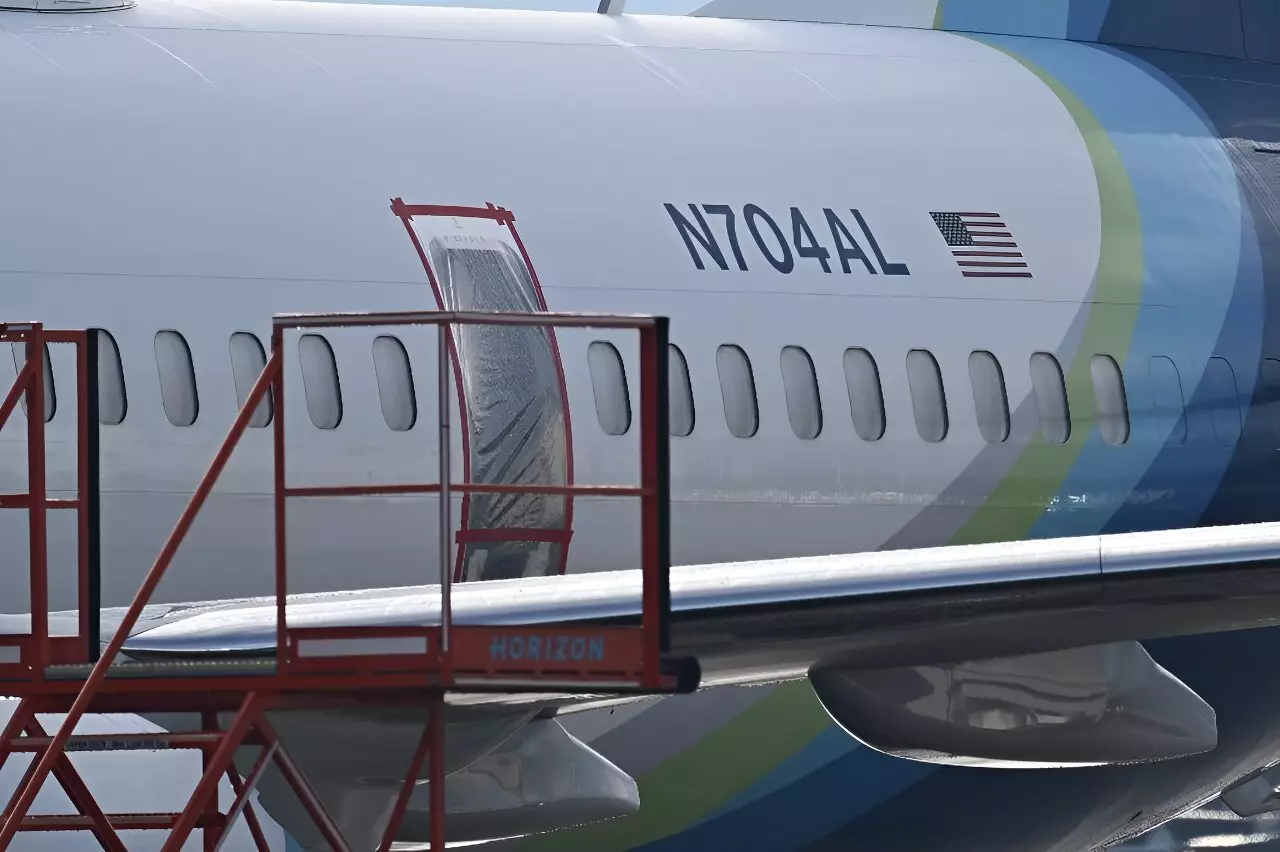The investigation into the near-catastrophic January incident on a Boeing 737 MAX operated by Alaska Airlines is a matter of utmost importance. This incident, which required an emergency landing, was captured on video and showed oxygen masks hanging loose in front of a panel that had blown out shortly after takeoff. The passengers were left exposed to open air at an altitude of about 16,000 feet, posing a significant risk to their safety.
The National Transportation Safety Board (NTSB) is overseeing the investigation to determine the facts, circumstances, and probable cause of the transportation accident. The preliminary findings released on February 6 revealed that four bolts securing the panel were missing, which was a critical issue. These bolts were removed by Boeing employees during an inspection at the Renton plant in Washington state prior to the delivery of the aircraft. This oversight led to a series of events that culminated in the emergency landing.
The two-day hearing in Washington will involve testimonies from about 15 witnesses, including officials from Boeing, key supplier Spirit AeroSystems, the Federal Aviation Administration, and the machinists union. Notably absent from the witness list is Alaska Airlines, raising questions about their role in the incident. Elizabeth Lund, senior vice president for quality at Boeing, is expected to provide insights into the company’s processes and procedures related to the incident.
Boeing came under scrutiny for its handling of the situation, particularly after Lund’s detailed summary of the incident in June. The identification of “non-conforming” rivets in the fuselage and the subsequent oversight in documenting the replacement process raised concerns about Boeing’s quality control measures. The failure to follow proper procedures led to a breach in safety protocols, putting the passengers at risk.
The Sanctions by NTSB
The NTSB imposed sanctions on Boeing for sharing non-public investigative information and making unsubstantiated speculations about the possible causes of the door-plug blowout. This breach of federal regulations and rules governing NTSB investigations resulted in Boeing being restricted from accessing information gathered during the investigation. The NTSB’s strict actions underscore the seriousness of the situation and the need for transparency in such investigations.
Boeing has faced heavy scrutiny from regulators following the January incident, as well as from whistleblowers who have raised concerns about the company’s approach to safety issues. The company’s response to the investigation and its cooperation with regulatory authorities will be closely monitored in the coming months. The focus is not only on determining the root cause of the incident but also on addressing systemic issues within the aviation industry to prevent similar accidents in the future.
The investigation into the Boeing 737 MAX incident is a critical examination of the safety and quality control practices in place within the aviation industry. The findings of this investigation will have far-reaching implications for the future of air travel and the responsibilities of manufacturers, operators, and regulatory bodies in ensuring passenger safety. It is imperative that all stakeholders involved in the investigation cooperate fully and transparently to prevent such incidents from occurring again.


Leave a Reply